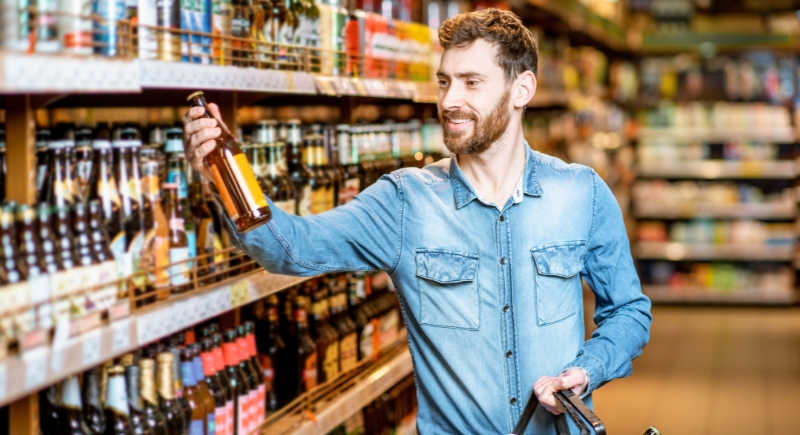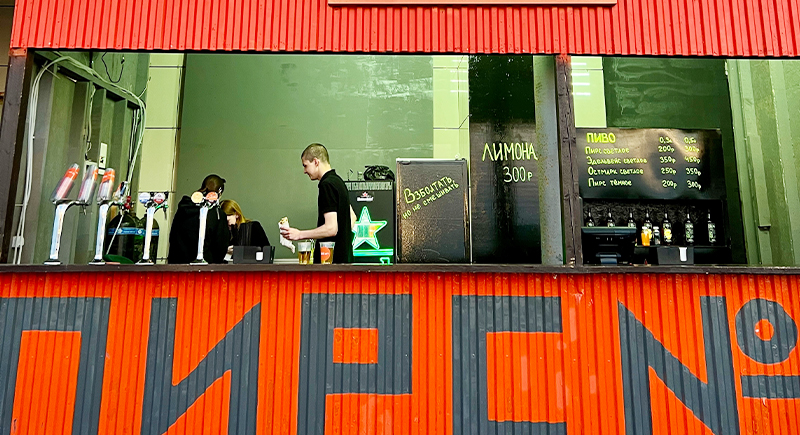Beer Was Legally a ‘Soft Drink’ in Russia Until 2011
Beer held an unusual place in Russian law for many years. Anything under 10 percent alcohol sat in the same category as everyday grocery items, which meant beer shared shelf space with soft drinks instead of spirits. Stores sold it at any hour, kiosks stocked it like snacks, and the rules around it followed the standards applied to food products rather than alcohol. The policy stayed in place until lawmakers reclassified these drinks in 2011, a decision that reshaped how beer could be sold and consumed across the country.
How Beer Ended Up In The Grocery Category

Image via Canva/RossHelen
The classification that grouped beer with food products originated from mid-century trade standards. Alcoholic strength determined where beverages landed, and anything above 10 percent was placed with spirits. Drinks below that threshold were sorted with general consumables. Beer fell into this lower category, so regulations treated it similarly to items found in everyday stores.
People recognized beer as an alcoholic beverage, but the legal label worked differently. Since it remained outside the alcohol category, the drink passed through supply chains and storefronts with fewer restrictions.
A Market That Expanded Quickly

Image via iStockphoto/anouchka
As the 2000s approached, beer became easier to access than any other alcoholic drink in the country. Small kiosks openly carried it, and buyers could pick it up throughout the day without restriction. Public consumption was typical because the rules for alcohol sales didn’t apply to beer.
Breweries promoted it as a lighter option compared to stronger drinks, and the market grew rapidly. Over a ten-year period, beer sales rose while vodka sales declined.
Toward the end of the decade, national health data showed high levels of alcohol consumption. Policymakers responded with a plan aimed at reducing overall intake nationwide. A sharp tax increase on beer arrived in 2010. One year later, the government approved an amendment that officially reclassified beer as a type of alcohol.
With that adjustment, beer moved into the same regulatory space as spirits. The change allowed the government to place consistent limits on sales, advertising, and public consumption.
Rules That Changed Everyday Access
Once the reclassification took effect in 2013, several new restrictions followed. Kiosks could no longer sell beer.
Stores faced limits on when alcohol could be sold. Advertising guidelines were narrowed across television and outdoor spaces. These changes reshaped how people encountered beer in public and private settings.
Health specialists in the country welcomed the updated framework, noting that regulation had been uneven for many years. After the amendment, enforcement became clearer, and the availability of beer in informal settings decreased.
Beer’s Role After The Reclassification

Image via Getty Images/mediaphotos
Beer remains widely consumed across Russia, although its presence in public spaces appears differently today. Traditional stores, restaurants, and larger retailers now account for the majority of sales. The earlier era of round-the-clock kiosk access faded once the law shifted.